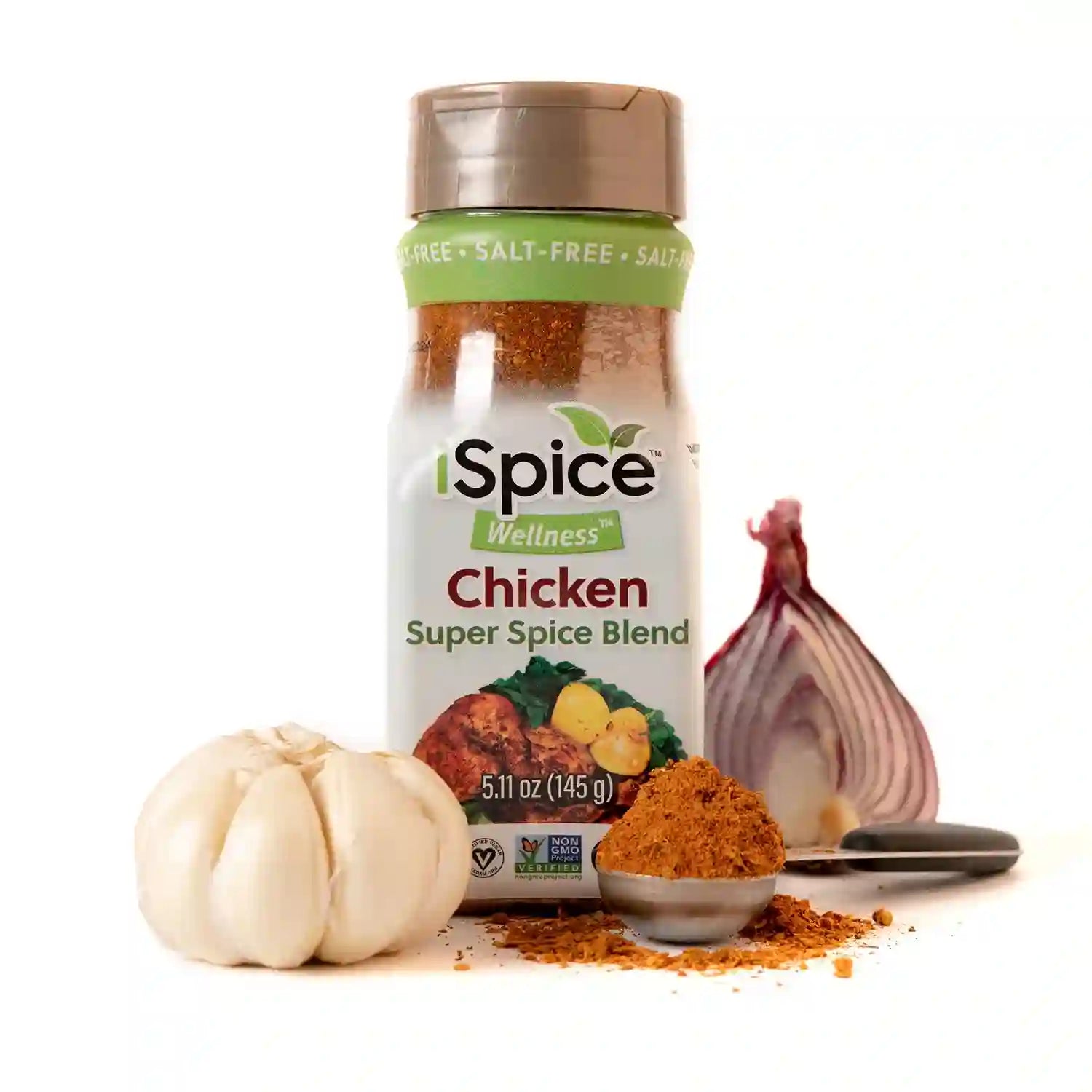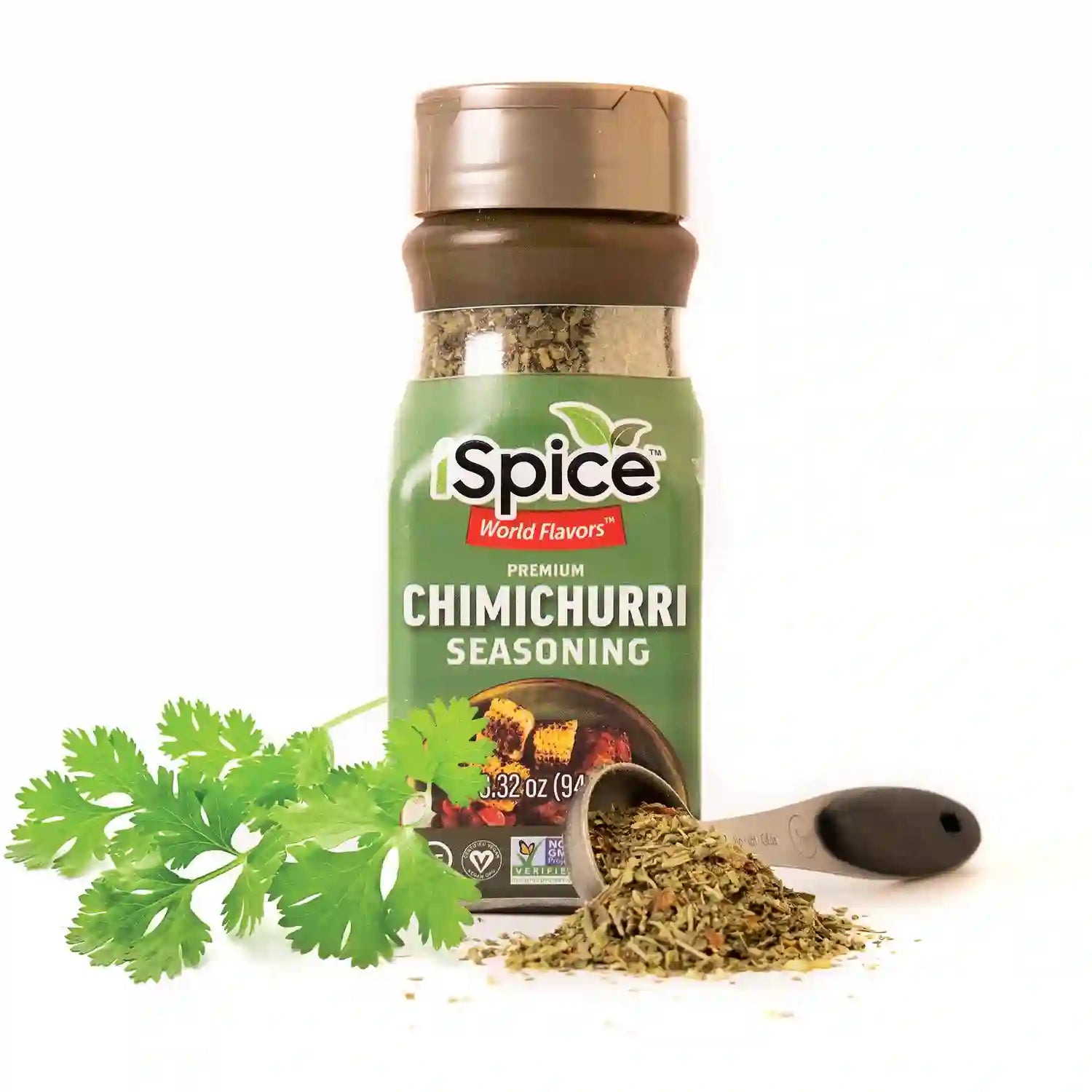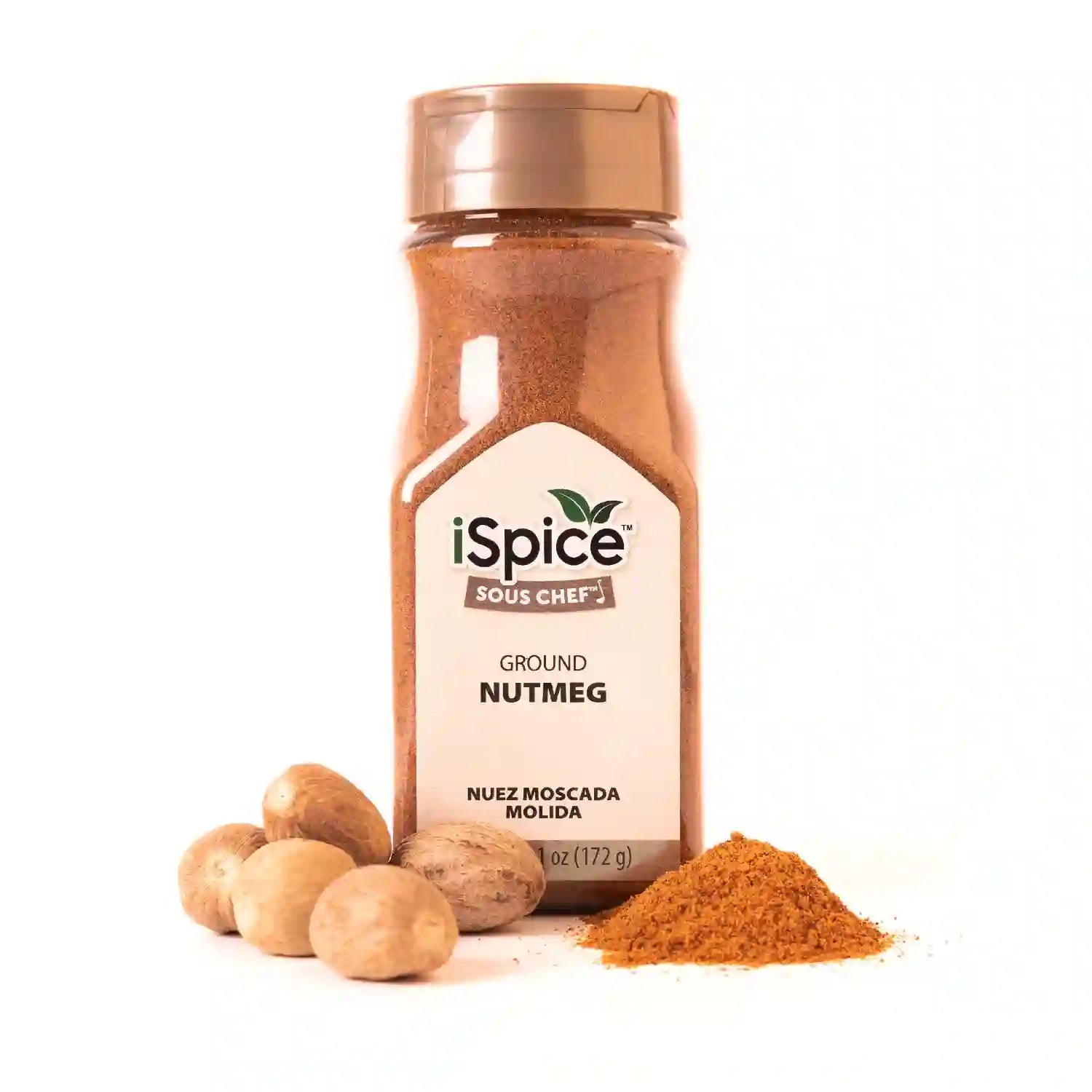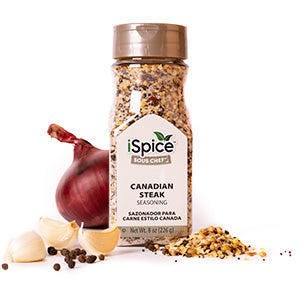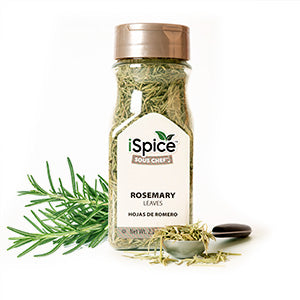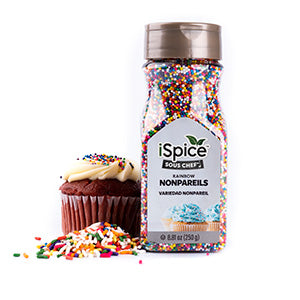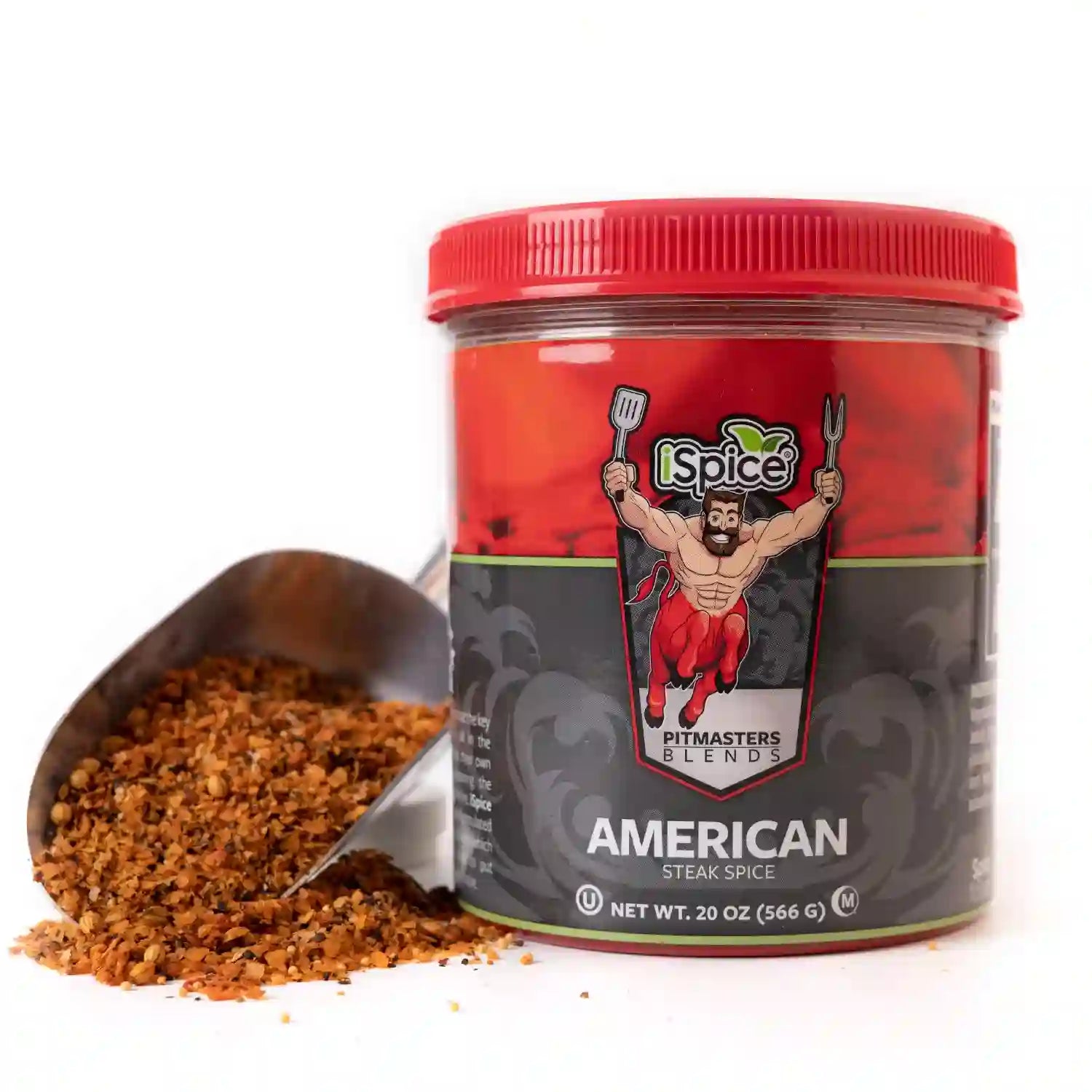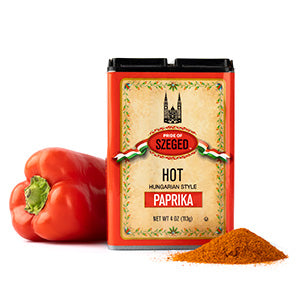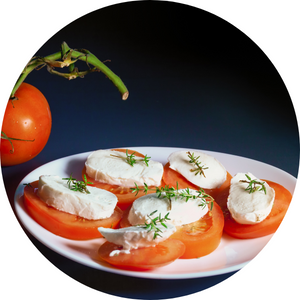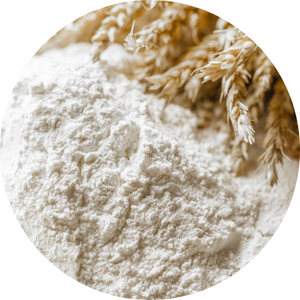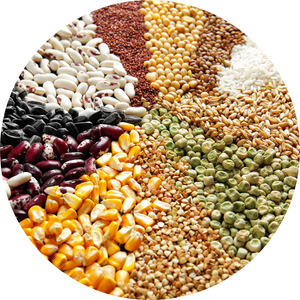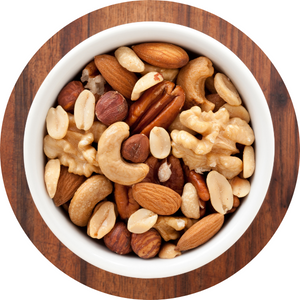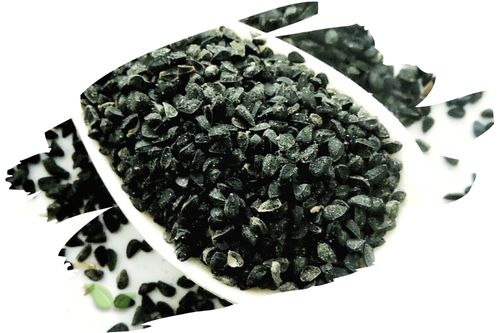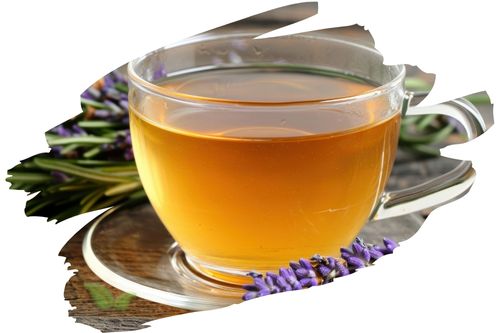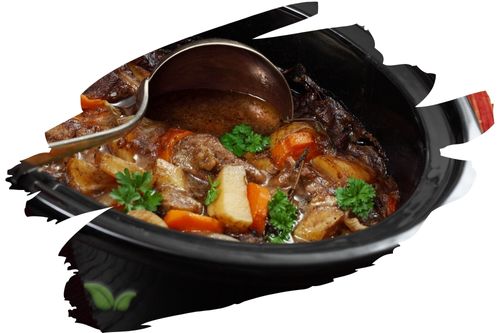
Chervil vs. Parsley: A Culinary Showdown
In the world of herbs, Chervil and Parsley are two contenders that often find themselves in the spotlight. These delicate green herbs may appear similar at first glance, but they each bring their unique flavors and characteristics to the table. In this article, we'll delve deep into the Chervil vs. Parsley debate, exploring their distinct attributes, culinary uses, and more.
Chervil: The Subtle Herb
Chervil, scientifically known as Anthriscus cerefolium, is an herb renowned for its delicate and subtle flavor. This herb is often described as having a mild, slightly sweet taste with hints of anise. Here's why Chervil deserves a place in your culinary repertoire:
Chervil's Flavor Profile
Chervil boasts a nuanced flavor that enhances dishes without overpowering them. Its gentle, earthy notes make it a perfect complement for a wide range of dishes.
Culinary Uses of Chervil
- Salad Sensation: Chervil shines in salads, adding a touch of freshness and sophistication.
- Egg-cellent Choice: Sprinkle chopped Chervil over scrambled eggs for a burst of flavor.
- Herb Butter: Create a delightful herb butter by blending Chervil with softened butter for a delectable spread.
Parsley: The Versatile Classic
Parsley, or Petroselinum crispum, is an herb that needs no introduction. It's one of the most commonly used herbs globally, known for its versatility and vibrant flavor. Let's explore why Parsley is a kitchen essential:
Parsley's Flavor Profile
Parsley offers a robust, slightly peppery flavor with a hint of earthiness. It's a versatile herb that can stand out or blend in, depending on the dish.
Culinary Uses of Parsley
- Garnish Extraordinaire: Sprinkle chopped Parsley on top of various dishes for a pop of color and flavor.
- Herbalicious Pesto: Combine Parsley with other herbs, nuts, and olive oil to create a flavorful pesto sauce.
- Freshening Agent: Parsley's crispness makes it an ideal ingredient in tabbouleh and other salads.
Chervil vs. Parsley: What Sets Them Apart?
While Chervil and Parsley share some similarities, they have distinct qualities that set them apart:
| Attribute | Chervil | Parsley |
|---|---|---|
| Flavor | Mild, slightly sweet, with hints of anise | Robust, slightly peppery, earthy |
| Culinary Versatility | Ideal for delicate dishes and salads | Suitable for a wide range of recipes |
| Appearance | Fine, lacy leaves | Dark green, flat or curly leaves |
Frequently Asked Questions
Can Chervil be used as a substitute for Parsley?
Yes, in some cases. Chervil's delicate flavor can work as a substitute for Parsley in recipes that require a milder herb presence. However, be mindful of the anise undertones in Chervil, which can alter the dish's taste.
Are there any health benefits associated with Parsley and Chervil?
Both herbs offer various health benefits. Parsley is rich in vitamins and antioxidants, while Chervil contains nutrients like vitamin C and iron. However, their health benefits are more pronounced when consumed regularly as part of a balanced diet.
Can I grow Chervil and Parsley in my garden?
Absolutely! Chervil and Parsley are both relatively easy to grow in your garden or indoor herb pots. They thrive in well-drained soil and require regular watering and sunlight.
Which herb should I choose for a seafood dish?
Both Chervil and Parsley pair well with seafood. Chervil's subtle sweetness complements delicate fish, while Parsley's robust flavor can stand up to heartier seafood dishes.
What are some creative ways to use these herbs?
Experiment with Chervil and Parsley by infusing them into oils, making herb-infused vinegar, or even adding them to your homemade salad dressings for a burst of flavor.
Can I freeze Chervil and Parsley for future use?
Yes, you can freeze both Chervil and Parsley to preserve their freshness. Simply chop the herbs, place them in an ice cube tray with water, and freeze. This allows you to conveniently add them to dishes later.
Conclusion
In the Chervil vs. Parsley battle, there's no clear winner, as both herbs bring their unique qualities to the culinary world. Chervil offers subtlety and elegance, while Parsley brings versatility and vibrancy. Your choice between them will depend on the specific dish you're preparing and your personal taste preferences.
Incorporating these herbs into your cooking not only adds flavor but also provides a dose of essential nutrients. So, why not experiment with both Chervil and Parsley to elevate your culinary creations?
Remember, the world of herbs is vast and exciting, with endless opportunities for culinary exploration. Whether you opt for the delicate charm of Chervil or the all-purpose versatility of Parsley, your dishes are sure to flourish with these aromatic greens.
Alert: While spices can have many beneficial properties for health, using them for medical purposes should be done under the guidance and supervision of a healthcare professional or specialist. Some spices may interact with medications or cause adverse reactions in certain individuals, and it is important to use them safely and appropriately. If you are considering using spices for a medical condition, it is important to consult with a healthcare professional before doing so.

